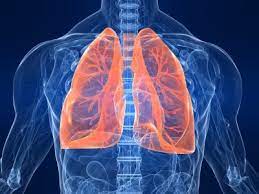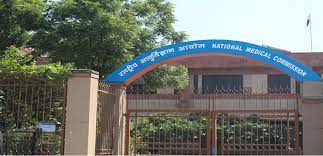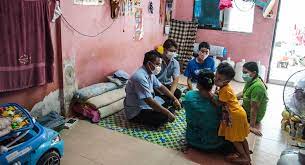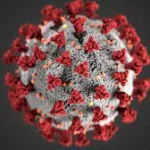Vatican City – Pope Francis has been hospitalized for over a week with what some media reports are calling “double pneumonia.” The Vatican released a statement on Tuesday evening, stating that laboratory tests, chest X-rays, and the Holy Father’s clinical condition continue to present a complex picture.
At 88 years old, Pope Francis has a long history of respiratory illness, which may be complicating his recovery. But what exactly is “double pneumonia,” and why is it considered serious?
What is Double Pneumonia?
Pneumonia is a severe lung infection that fills the lungs with fluid or pus, making it difficult to breathe. Symptoms include chest pain, fever, and coughing up mucus. While “double pneumonia” is not a medical term, it is often used to describe pneumonia affecting both lungs—medically known as bilateral pneumonia—or an infection caused by multiple pathogens, known as a polymicrobial infection.
Bilateral Pneumonia
Pope Francis’s pneumonia is affecting both lungs, which can significantly impact oxygen levels in the body. When pneumonia is limited to one lung, the other lung can still function relatively normally. However, when both lungs are compromised, oxygen intake becomes severely restricted, making breathing difficult.
Polymicrobial Infection
The Vatican has indicated that the Pope’s pneumonia is polymicrobial, meaning it is caused by multiple microorganisms. This could involve a mix of bacteria, viruses, or fungi, making treatment more complex. Identifying the specific pathogens involved is crucial for determining the appropriate treatment.
How is Pneumonia Diagnosed and Treated?
Doctors diagnose pneumonia through a combination of chest X-rays and laboratory tests. X-rays reveal which parts of the lungs are affected, while sputum or swab tests help determine the infection’s cause.
Treatment typically involves targeted antibiotics if bacteria are responsible. However, polymicrobial infections pose challenges. If both bacteria and viruses are involved, antibiotics may only address part of the problem, allowing viral components to persist. In severe cases, patients may require intensive care and mechanical ventilation to assist with breathing.
Who is Most at Risk?
While pneumonia can affect anyone, certain groups are at higher risk of severe illness:
- Elderly individuals (over 65) – Weakened immune systems make fighting infections harder.
- People with lung conditions – Chronic diseases like emphysema or chronic obstructive pulmonary disease (COPD) increase susceptibility.
- Previous lung infections – Scarring from past infections can make reinfection more likely.
- Smokers – Smoking damages lung tissue, making infections more severe.
- Immunocompromised individuals – Those undergoing treatments like chemotherapy or organ transplants may struggle to fight infections.
Pope Francis has multiple risk factors. His advanced age and history of respiratory illness, including a partial lung removal in his youth due to pleurisy, make him particularly vulnerable to lung infections.
Current Condition and Outlook
Despite the challenges, the Vatican reports that Pope Francis remains “in good spirits” while undergoing treatment and is grateful for the support he has received. His medical team continues to monitor his condition closely.
Disclaimer
This article is for informational purposes only and does not constitute medical advice. Readers concerned about pneumonia or respiratory illnesses should consult a healthcare professional for guidance.











